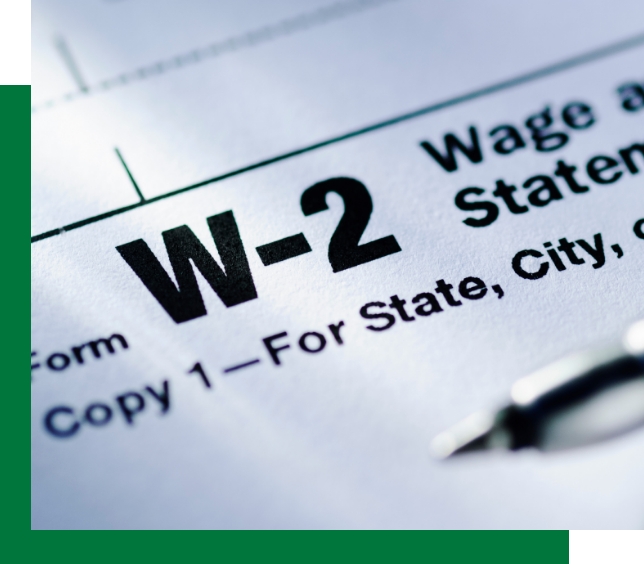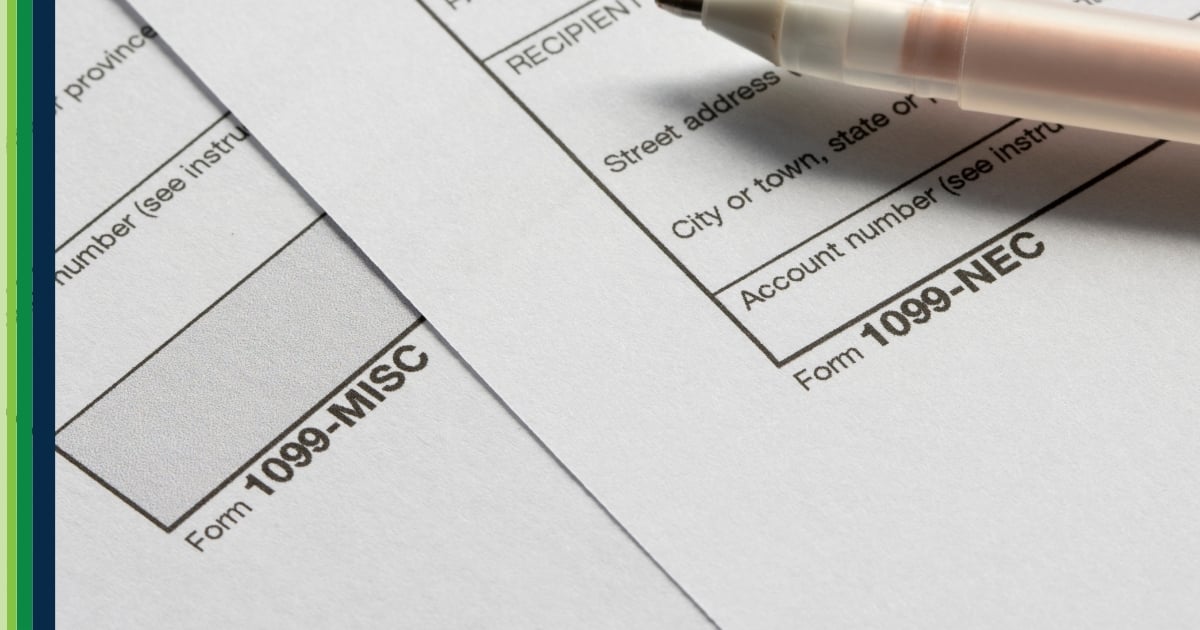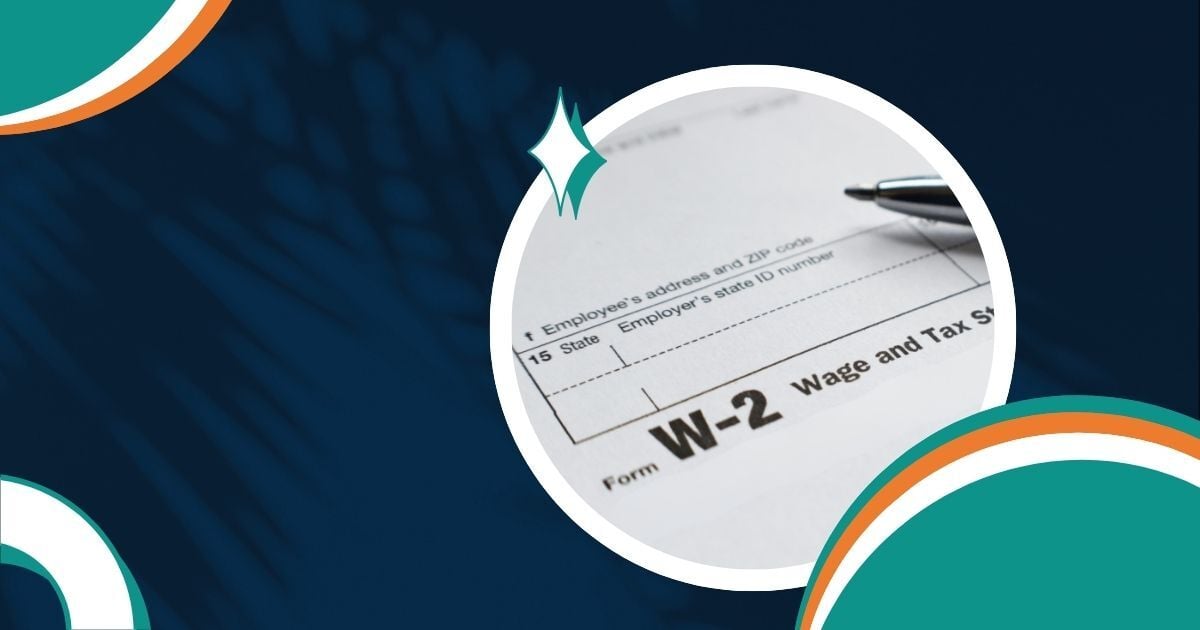Master Year End Tax Filing with Greenshades
At Greenshades, we pride ourselves on being year end tax filing experts. We stand by your side, ensuring every form is accurate and submitted on time, giving you the utmost confidence during this crucial period.

Savings Reported When
Filing with Greenshades
* An Average Savings as reported by our clients

One Solution for All Your Year End Form Challenges
Transform your year-end process with Greenshades. Automate form generation and filing, maintain accuracy using a user-friendly checklist, and navigate evolving tax laws with confidence. All this means more time saved and fewer errors made.
Year-End Form Automation
Eliminate manual data entry with Greenshades. Our automated system generates and fills year-end forms, saving you time and reducing error risks.
Intuitive Checklist
Avoid form rejections and potential penalties. Our user-friendly checklist reviews your forms, and timely reminders ensure you never miss a filing deadline.
Your Partner in Compliance
Stay ahead of the curve with the latest tax law updates and changes. With Greenshades, you're always aligned with evolving compliance requirements.
ONLINE PROCESSING
Year End Forms
Easily integrate data from your payroll or ERP system, or upload information using an Excel spreadsheet, to promptly fill out W2, 1099, and other year-end forms. With our straightforward checklist, you can review forms for accuracy, get alerts for potential issues, validate SSNs, and choose to file either digitally or via print and mail submission.

YEAR END FORM
W2 Filing
With Greenshades, streamline your workflow for a variety of W2 forms, including W2G. Eliminate manual calculations and data entry errors, ensuring that your W2 forms are filed efficiently and returned to employees promptly.

YEAR END FORM
Form 1099
Take the complexity out of 1099 filings for contract workers with our efficient process. Effortlessly gather information from compatible payroll systems or Excel spreadsheets to handle various 1099 forms, including 1099 NEC, 1099 MISC, and more.

TAX SOLUTIONS
Distribution Solutions
Form distribution becomes a breeze with Greenshades. Within our Federal W2 workflow, you can either download the efile and handle the submission or allow Greenshades to manage the submission to the correct agency. For those who favor traditional print and mail methods, we can oversee the printing and mailing of tax forms to both employees and vendors with just a few clicks

EASY FILING
Employee Access
Provide your employees with the capability to access their tax forms through the employee self-service portal. Tax preparer collaboration options are available, allowing employees to securely import their 1040 information into platforms like Intuit TurboTax. This simplifies year-end submissions for your team.

TAX E-FILING
How to File Online
With Greenshades
- Employers
Click the link below to have instant access to file your Year End Forms.
File Online - Employees
Click the link below to access and file your W-2 tax forms.
File Online

FAQ QUESTIONS
Discover the most commonly asked questions about Year End Forms.
What forms do employers need to file at year-end?
As an employer, you must file year end forms:
- W-2 Forms: Employers must provide each employee with a Form W-2, Wage and Tax Statement, which outlines the employee's wages, taxes withheld, and other compensation information.
- 1099-MISC Forms: If you have independent contractors who were paid $600 or more during the year, you may need to issue Form 1099-MISC to report their earnings.
Employers are also responsible for filing tax returns:
- 941 Form: Employers must file Form 941 to report income taxes, Social Security taxes, and Medicare taxes that are withheld from employees' paychecks. This form is filed quarterly but in special cases can be filed annually.
- 940 Form: Employers file this form to report and remit federal unemployment tax, ensuring that funds are available for unemployment compensation to workers who are laid off.
- State Unemployment Reports: Employers are required to file state unemployment tax reports, often referred to as SUTA (State Unemployment Tax Act) reports. These reports provide information about wages paid and the unemployment taxes owed to the state.
- ACA Reporting: Under the Affordable Care Act (ACA), applicable large employers must file Forms 1095-C and 1094-C to report information about health coverage offered to full-time employees.
- EEO-1 Report: Employers with 100 or more employees and federal contractors with 50 or more employees are required to file the EEO-1 report, which provides information about the gender, race, and ethnicity of their workforce.
- State and Local Filings: State and local filing requirements may pertain to income tax, unemployment insurance, disability insurance, and other obligations.
- Summary of Benefits and Coverage: If your company provides group health plans, you need to provide employees with a Summary of Benefits and Coverage (SBC) that outlines plan details and costs.
When are year end forms generally due?
Year end forms are generally due January 31st.
What is the difference between a 1099 and a W2?
W2 forms are issued to salaried employees, reflecting their annual wages and tax withholdings. In contrast, 1099 forms are provided to independent contractors, showing their earnings without tax deductions. Incorrectly classifying an individual as an employee or contractor can result in severe penalties and legal repercussions. Proper classification is paramount to prevent such complications.
Who needs a 1099 tax form?
There are a wide variety of 1099 forms that all serve unique purposes. Below is a list of the 1099 forms Greenshades accommodates, along with their respective applications:
- 1099s: Independent contractors, freelancers, and self-employed individuals typically receive 1099-MISC forms from entities or individuals who have paid them a certain threshold of compensation for services during the year.
- 1099-NEC: Form 1099-NEC is required to be filed for every individual for whom federal income tax was withheld. This form is designed specifically for reporting non-employee compensation (NEC). Businesses are obligated to complete a 1099-NEC if they have provided payments exceeding $600 to an independent contractor or freelancer.
- 1099-MISC: This form is typically issued to individuals or workers who receive specific types of payments. For instance:
- Independent contractors or other workers who earn more than $600 for their services.
- Individuals receiving over $10 in royalties.
- Those awarded prizes worth $600 or more.
- Payments related to lawsuit settlements, except for those concerning physical injuries or medical expenses, also necessitate a 1099-MISC.
-
- 1099-B: File this form if selling, receiving, or exchanging qualified investments or services, such as stocks or commodities, through brokers or barter exchanges.
- 1099-C: Form 1099-C should be filed for every debtor for whom you have forgiven or canceled a debt of $600 or greater that they owe to you, provided that you are classified as an applicable financial entity. Or in the event that can be clearly identified as triggering the debt cancellation has taken place.
- 1099-DIV: Form 1099-DIV serves the role of enabling banks and other financial institutions to report dividends and various distributions to both taxpayers and the IRS.
- 1099-INT: If you accumulate $10 or more in interest income, you can expect to receive a Form 1099-INT. This form provides a breakdown of the interest amount you earned, any applicable tax withholdings, and highlights whether any portion of the interest is tax exempt.
- 1099-K: Form 1099-K documents the annual revenue you received through payment methods such as credit, debit, or gift cards. It also covers payments from apps or online marketplaces where transactions occur. If the total amount received through these channels exceeds $600 in a year, the payment processors are obligated to provide both you and the IRS with Form 1099-K. Notably, this form does not cover gifts or reimbursements for personal expenses from friends and family.
- 1099-PATR: Cooperatives and specific other organizations file the 1099-PATR form when they pay patronage dividends or distribute property during the year.
- 1099-R: The 1099-R form is filed by anyone who has distributed $10 or more from retirement accounts, pensions, annuities, or similar plans to another person during the year.
- 1099-S: Those engaged in real estate transactions as sellers are required to file Form 1099-S at year-end.
- Top of Form
Is it better to be paid W2 or 1099?
Whether one should opt for W-2 employment or work as a 1099 contractor is influenced by individual needs and circumstances.
As a W-2 employee, benefits such as health insurance, paid time off, and potentially retirement plans are commonly provided. Employers automatically withhold taxes, simplifying the tax-filing process. While W-2 employment might offer more job stability, there might be limitations in terms of work flexibility, potential earnings, and tax deductions.
In contrast, a 1099 contractor often enjoys greater flexibility in work schedules and potential earnings. They can also claim specific business-related expenses as deductions. However, they're tasked with managing their tax obligations independently.
Factors such as job security, benefits, autonomy, and financial obligations should be weighed when determining the ideal employment arrangement.
Do you pay more taxes on a 1099 or W2?
Tax obligations differ for W-2 employees and 1099 contractors, especially when considering employment taxes. W-2 employees have 15.3% of their earnings allocated for Social Security and Medicare taxes. However, employers cover half of this amount (7.65%) and deduct the remaining half directly from their paychecks. In contrast, 1099 contractors are responsible for the full 15.3% on their own, funding it from their earnings.

























